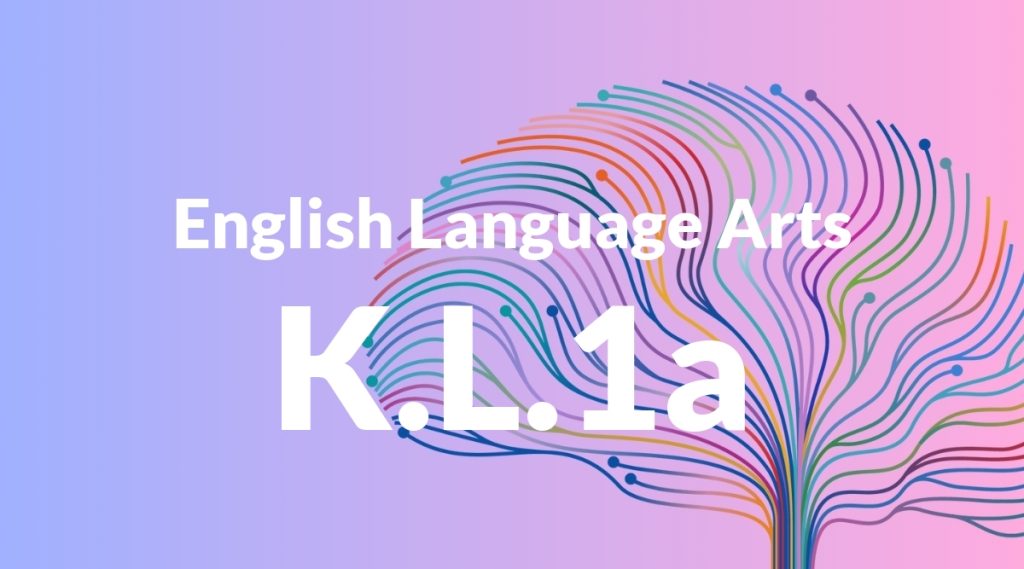Standard: K.L.1a – Print many upper- and lowercase letters.
Grade level: Kindergarten
Subject: English Language Arts
Domain: Language
Teacher Overview
This standard focuses on helping students learn to print both uppercase and lowercase letters. Mastering this skill is crucial as it forms the foundation for writing words and sentences, which are key components of literacy development in Kindergarten. Students should have a basic understanding of the alphabet and be able to recognize and name most letters. This foundational knowledge will help them transition to printing the letters.
Once students master printing upper- and lowercase letters, they will move on to writing words and sentences, enhancing their overall literacy skills and preparing them for more advanced writing tasks.
Common Misconception 1
Some students might think that uppercase and lowercase letters are interchangeable and can be used in any context. This is incorrect because each type of letter has specific uses, such as starting sentences or proper nouns.
Intervention 1
To address this misconception, teachers can use visual aids and explicit teaching to show the different contexts in which uppercase and lowercase letters are used. Activities like writing names and labeling classroom items can reinforce this understanding.
Common Misconception 2
Another common misconception is that the shape of a letter does not affect its identity. Students may confuse letters like ‘b’ and ‘d’ or ‘p’ and ‘q’.
Intervention 2
Teachers can use sorting and matching games to help students distinguish between different letter shapes. Repetition and practice with these games can reinforce the unique shapes of each letter.
Prerequisite Knowledge
Students should be familiar with the alphabet and be able to recognize and name most of the letters before learning to print them.
Subsequent Knowledge
After mastering this standard, students will develop the ability to write words and sentences, improving their overall writing and reading skills.
Instructional Activities
- Alphabet tracing worksheets
- Interactive whiteboard activities for letter formation
- Letter scavenger hunts in the classroom
- Daily name writing practice
- Creating a class alphabet book with student-contributed pages




